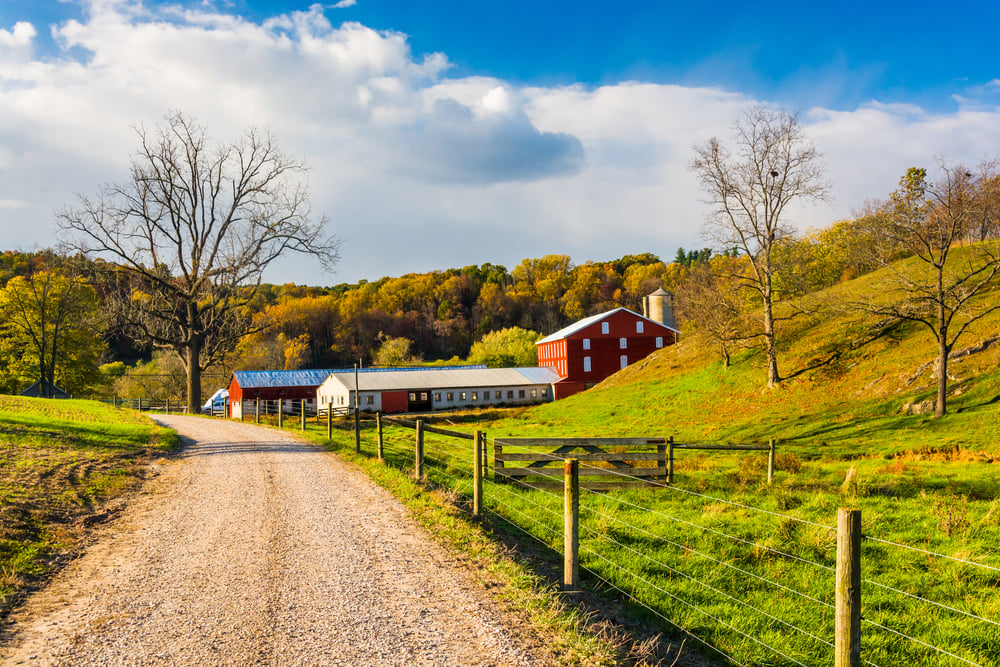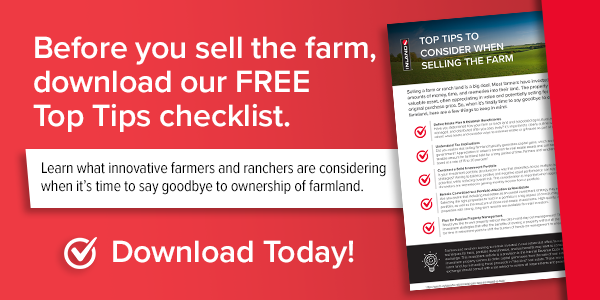The Delaware Statutory Trust (DST)
An increasingly popular investment strategy for farmers selling ag land
We have written previously about the tax burden many agricultural landowners face when selling generational farmland. Land that could be worth millions of dollars today may have had a small cost basis when originally purchased, which can saddle a seller with an exceptionally high tax bill.
1031 Exchange Refresher
We also highlighted the 1031 exchange, a provision in the Internal Revenue Code that many farmers and ranchers have used to help preserve family wealth when selling farmland. A 1031 exchange allows property owners to defer payment of capital gains tax arising from the sale of investment property as long as the sale proceeds are used to purchase “like-kind” real estate replacement property.
Like-kind properties can include:
- agricultural land
- multifamily apartments
- self-storage facilities
- retail centers
- office buildings
- industrial warehouses
Delaware Statutory Trust
You might be looking at this list of property types and thinking you have no interest in buying, owning, and managing a warehouse or apartment complex. You wouldn’t be alone.
But, there is a passive investment strategy that could allow you to own interests in a portfolio of different income-producing properties like these. It’s called a Delaware statutory trust, or DST, and it is becoming an increasingly popular option among farmers looking to reinvest the proceeds from the sale of ag land.
How a DST Works
A DST is a real estate ownership structure where you own a fractional interest, along with multiple investors, in a property or properties. A DST sponsor, which is typically a professional real estate company, creates a trust in which the property or properties are held. The sponsor is typically responsible for identifying, acquiring and managing the property(ies) in the trust with its own capital. The investments from you and other investors ultimately replace the sponsor’s capital, so each investor eventually owns a beneficial interest in the trust.
When the sponsor believes it is an appropriate time to sell the assets, your proportionate share of total proceeds will be distributed to you. You can take your proceeds in cash and pay the capital gains tax on any appreciated value, or you can elect to reinvest your proceeds in another DST and continue deferring taxes.
Potential DST Benefits
Tax Efficiency
As a qualified ‘like-kind’ property under 1031 exchange rules, a DST allows you to defer capital gains taxes on your ag land sale.
Monthly Cash Flow Potential
The objective of a DST is to generate earnings from tenant rent payments in order to help provide consistent monthly cash flow to you.
No Management Responsibilities
A DST is a passive investment, meaning you have no responsibility for dealing with the headaches of managing investment property. Instead, the sponsor will manage the property or hire a professional management firm who will assume those duties.
Access to Institutional-Quality Property
A DST allows you to own a fractional interest in multi-million dollar institutional-quality properties that are generally out of reach for most investors.
Simplifies Finding Replacement Property
With an ample inventory of DSTs usually available, selecting a DST for your replacement property can simplify the exchange process, allowing 1031 exchangers to identify a replacement property in the required 45-day timeframe.
Limited Personal Liability
A DST may use debt when acquiring properties, but loans secured by the trust are considered “non-recourse” to you.
Estate Planning
Under current tax laws, your beneficiaries will receive a step-up in basis upon your death, meaning they will be no capital gains tax on the appreciated value of your ag land. When the DST liquidates, each heir can decide if they want to receive their proceeds and pay capital gains tax or reinvest in another DST and continue deferring taxes.
Portfolio Diversification
Because of the low investment minimums (often as low as $100,000), you can invest in multiple DSTs, enabling you to diversify investments by property type and geographical location.
Risk Considerations
While DSTs are a popular investment strategy among ag landowners selling property using a 1031 exchange, DSTs may not be appropriate for all investors. Risks you should consider (but aren’t limited to):
- The actual amount and timing of income distributions are not guaranteed and may vary.
- DST investments are not liquid and may have declining market values and tenant vacancies.
- Hold times on your capital could be 5-7 years or longer and there is generally no secondary market for DSTs.
- Management responsibility resides with one trustee. You and your co-investors have no operational control or decision-making power.
- Once a DST offering is closed, the DST cannot raise or accept new capital. This could potentially limit the ability of the management to make property improvements.
- The trustee cannot renegotiate existing leases nor enter any new leases.
Next Up
We applaud you for your interest in learning about the 1031 exchange and DSTs. After just a few short articles, you understand why a 1031 exchange is attractive to many farmers and ranchers selling ag land. In our next post, we will look at a few applicable rules and regulations.
To learn more about how Inland Private Capital Corporation works with financial professionals to help farmers like you protect your family legacies, fill out the form on the contact us page. A representative will call you within 24-48 hours.
This communication is not intended as tax advice.

